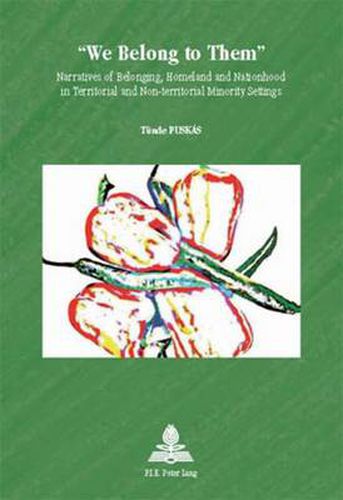Readings Newsletter
Become a Readings Member to make your shopping experience even easier.
Sign in or sign up for free!
You’re not far away from qualifying for FREE standard shipping within Australia
You’ve qualified for FREE standard shipping within Australia
The cart is loading…






This book explores what happens with ethnic and national identifications built on the same ethnocultural grounds, but under different socioeconomic circumstances. Territorial and non-territorial minorities have traditionally been considered not susceptible to comparison because it was assumed that groups organized on different grounds were distinctively separate phenomena. In this study, the comparative method is used to throw new light on how ethnic and national identifications are constructed, negotiated, and re-constructed in territorial and non-territorial minority contexts. The author investigates whether the ethnic and national identification and articulation processes of Hungarians in Slovakia and Hungarians in Sweden constitute different types of Hungarianness. Drawing on extensive interview material the empirical focus is on the interaction of self-narratives and public narratives. The author seeks to challenge the notion that national minorities and diaspora communities are fundamentally different in their understanding of nationhood and their relationship to an external national homeland.
$9.00 standard shipping within Australia
FREE standard shipping within Australia for orders over $100.00
Express & International shipping calculated at checkout
This book explores what happens with ethnic and national identifications built on the same ethnocultural grounds, but under different socioeconomic circumstances. Territorial and non-territorial minorities have traditionally been considered not susceptible to comparison because it was assumed that groups organized on different grounds were distinctively separate phenomena. In this study, the comparative method is used to throw new light on how ethnic and national identifications are constructed, negotiated, and re-constructed in territorial and non-territorial minority contexts. The author investigates whether the ethnic and national identification and articulation processes of Hungarians in Slovakia and Hungarians in Sweden constitute different types of Hungarianness. Drawing on extensive interview material the empirical focus is on the interaction of self-narratives and public narratives. The author seeks to challenge the notion that national minorities and diaspora communities are fundamentally different in their understanding of nationhood and their relationship to an external national homeland.